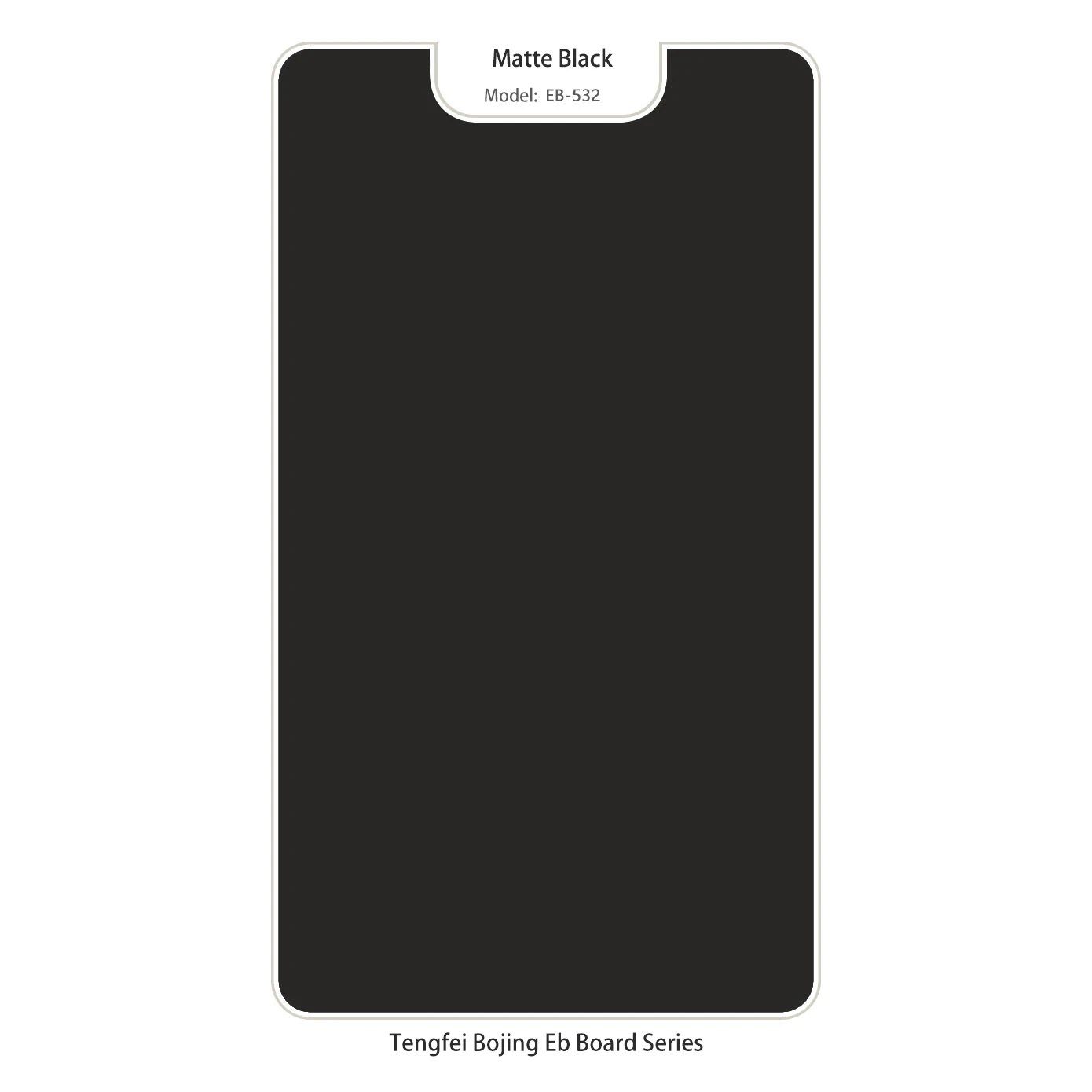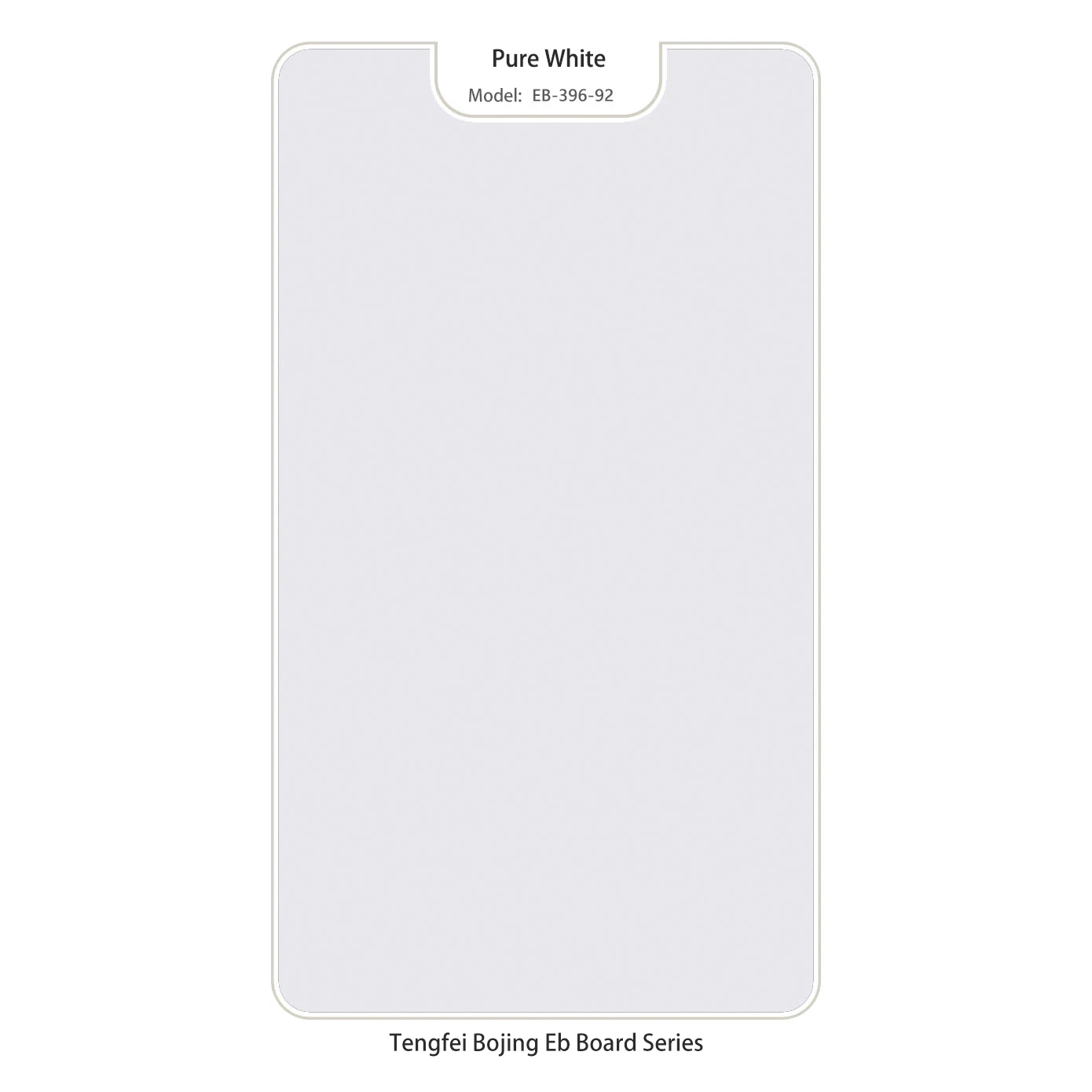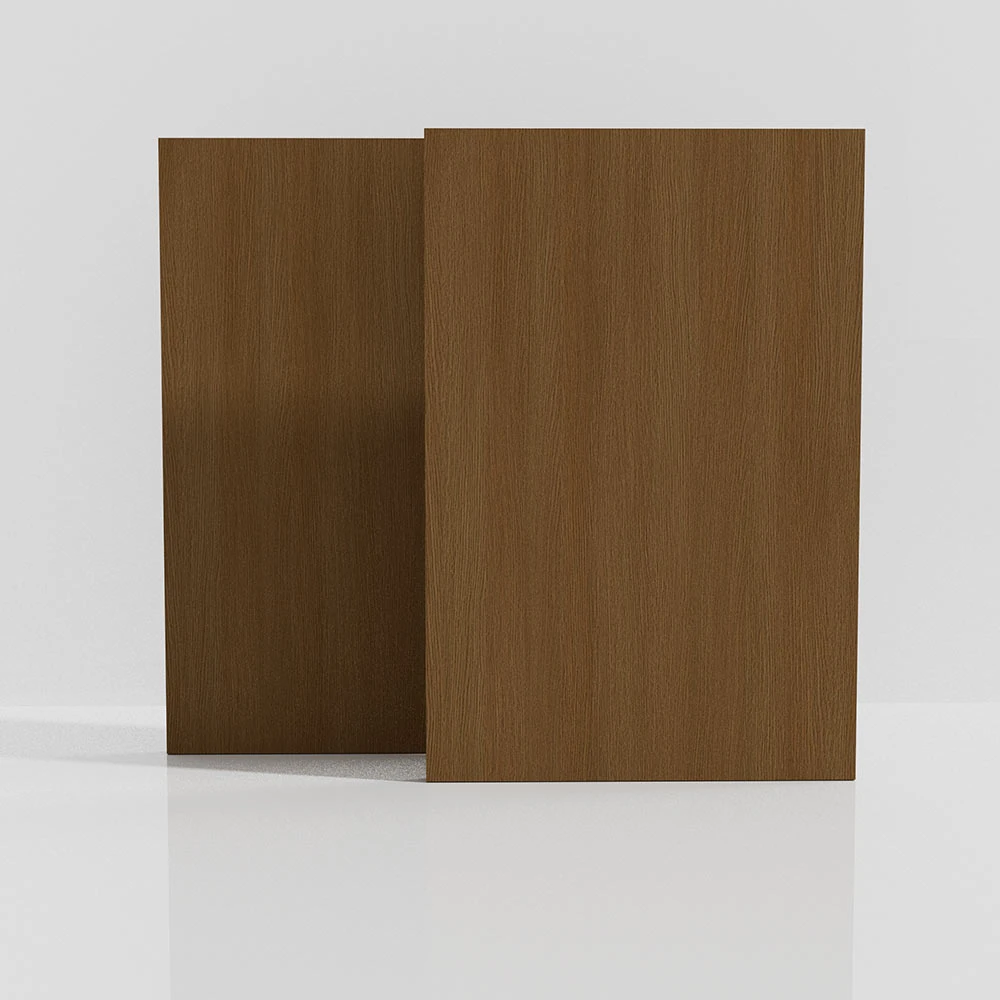- Introduction to MDF Finished Boards: Market Overview and Demand
- Technical Superiority of Finished MDF and Particle Boards
- Comparative Manufacturer Analysis: MDF vs. Particle Board
- Customization Options and Solutions
- Applications and Industry Case Studies
- Environmental Impact and Sustainability
- Summary and Future Trends of MDF Finished Boards Market
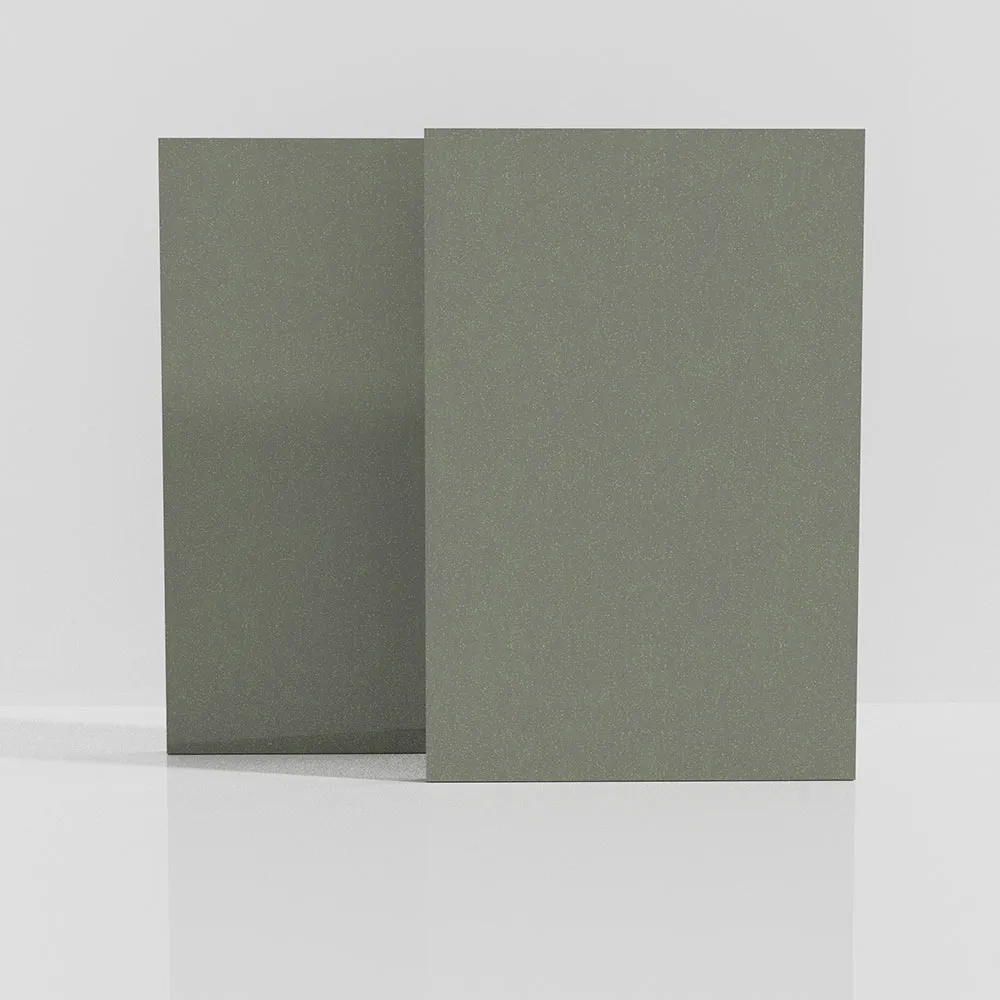
(mdf finished boards)
Introduction to MDF Finished Boards: Market Overview and Demand
The global demand for mdf finished boards
has surged in recent years, driven by evolving requirements in furniture, construction, and interior design industries. According to a 2023 report by MarketsandMarkets, the worldwide medium-density fiberboard (MDF) market is projected to reach $52.4 billion by 2027, expanding at a CAGR of 6.1%. Within this context, finished MDF board products have become the preferred choice for manufacturers and craftsmen seeking surface quality, dimensional stability, and design flexibility. Unlike unfinished varieties, their pre-applied finishes cater to contemporary demands for time-saving and consistent aesthetics. As the plywood and particle board markets plateau, the finished mdf board sector is rapidly capturing market share, buoyed by modern production technology and robust supply chains.
Technical Superiority of Finished MDF and Particle Boards
Engineered wood solutions like finished MDF board and finished particle board offer several technical advantages that have made them staples in high-performance applications. One key benefit is dimensional stability; MDF’s uniform density and finely engineered fibers support a reduction in warping and swelling, even under fluctuating humidity conditions. Surface smoothness distinguishes mdf finished boards, making them ideal substrates for high-gloss finishes, laminates, or melamine treatments, while particle boards remain more suitable for utility applications. Citing data from the European Panel Federation, MDF exhibits a typical density range of 600 to 800 kg/m³, while particle boards average 650 kg/m³.
From a durability standpoint, innovative resin formulations and surface coatings amplify resistance to abrasion, moisture, and stains. Recent breakthroughs in eco-friendly adhesives—such as those based on soy or formaldehyde-free resins—offer improved indoor air quality compliance for furniture and cabinetry. Moreover, automated finishing lines enable rapid mass production while upholding strict color and finish consistency, a significant advantage for large-scale commercial projects.
Comparative Manufacturer Analysis: MDF vs. Particle Board
Selecting the right board depends on a precise understanding of key manufacturing specifications and the strengths of leading suppliers. Below is a comparative table highlighting several top manufacturers and essential performance criteria:
| Manufacturer |
Core Product |
Standard Thickness (mm) |
Surface Finish Options |
Formaldehyde Emission Class |
Moisture Resistance |
Annual Capacity (cubic meters) |
| Kronospan |
Finished MDF Board |
6-38 |
Melamine, Veneer, Lacquer |
E0/E1/E2 |
High |
5,200,000 |
| Egger Group |
Finished Particle Board |
8-40 |
Laminate, Natural Decor |
E0/E1 |
Medium |
4,500,000 |
| Lamitech |
Finished MDF Board |
3-25 |
HPL, PVC Foil |
E1 |
High |
650,000 |
| Arauco |
Finished Particle Board |
10-38 |
Melamine, CPL |
E0/E1 |
Medium |
2,900,000 |
This comparison illustrates that finished MDF boards provide superior surface options and generally achieve higher grades of moisture resistance, making them suitable for premium interior projects. Particle boards, though more economical, tend to favor larger formats and simpler finish selections.
Customization Options and Solutions
Customization is a significant factor driving the adoption of finished mdf board products. Manufacturers now offer a plethora of tailored solutions encompassing everything from board thickness, edge profiling, and décor printing to advanced anti-bacterial surface treatments. Color palettes extend into hundreds of RAL and Pantone-matched shades, enabling designers to fulfill virtually any branding or thematic requirement.
Advancements in CNC machining and digital printing have further enhanced the ability to realize intricate patterns or branded motifs directly onto the surface, reducing subsequent labor costs. Fire-retardant and water-resistant options are available for demanding environments such as public spaces, hospitals, and retail stores. According to a 2022 survey, over 75% of commercial fit-out projects request some form of board customization, and this segment has experienced an average 12% annual growth rate since 2020.
For architects and fabricators, the ability to specify unique edge treatments—ranging from seamless post-forming to chamfered, bullnose, or reverse bevel options—enables the realization of both aesthetic and safety objectives in commercial interiors or bespoke residential furnishings.
Applications and Industry Case Studies
The versatility of finished MDF board and particle board products is demonstrated across a range of high-profile industry applications. In the hospitality sector, leading hotel chains rely on pre-finished MDF for lobby reception desks, decorative wall panels, and bespoke cabinetry, achieving brand consistency and rapid construction timelines. A 2021 case study from the Dubai World Trade Centre details the installation of over 42,000 square meters of finished MDF wall cladding, reducing on-site finishing labor by 35% and shortening the project schedule by almost four weeks.
Similarly, medical and educational facilities benefit from anti-bacterial finished particle boards in high-traffic areas, supporting strict hygiene standards and efficient cleaning routines. A major university in Scandinavia retrofitted 6,200 classroom desk units with melamine-faced particle boards, citing improved durability and reduced maintenance costs over the subsequent three years.
In premium residential markets, custom-finished MDF is a go-to solution for walk-in wardrobes, luxury kitchen units, and wall features, thanks to its seamless surface and ease of finishing layered with modern, environmentally friendly coatings.
Environmental Impact and Sustainability
The sustainability narrative is rapidly reshaping the global MDF and particle board industry. Panels made from recycled wood fibers or pre-consumer wood waste offer a powerful response to deforestation and circular economy demands. As of mid-2023, over 46% of global MDF production incorporates recycled content, according to the European Wood-Based Panel Federation.
Low-emission resin systems, particularly E0 and super-E0 classifications (<0.5mg/L formaldehyde emissions), align with new indoor air quality regulations and certifications, such as CARB Phase 2 and LEED v4 criteria. Leading manufacturers now employ closed-loop water recycling, energy-efficient presses, and smart logistics to drive down the carbon footprint of finished board products.
Moreover, innovative end-of-life recycling initiatives allow both mdf finished boards and finished particle boards to be repurposed as raw material for new engineered wood panels, thus closing the material loop and extending product lifecycle value.
Summary and Future Trends of MDF Finished Boards Market
MDF finished boards have rapidly evolved into one of the most dynamic and technically advanced segments within the engineered wood industry. Their unmatched blend of form, function, and design adaptability positions them at the forefront of commercial and residential interiors worldwide. As digital fabrication and customization trends accelerate, and as environmental compliance becomes even more critical, finished MDF board and particle board suppliers are poised to deliver smarter, greener, and more cost-effective solutions for architects, builders, and end-users alike.
Looking forward, expect continued breakthroughs in digital surface printing, ultra-low emission resins, and the integration of smart functionality—such as antimicrobial or touch-sensitive coatings—across all levels of product offerings. The competitive landscape will likely see an increasing gap between manufacturers leveraging advanced automation and sustainability strategies versus those relying on conventional production methods. For all stakeholders in the finished engineered board sector, the next decade promises transformative growth fuelled by both technological and aesthetic innovation.
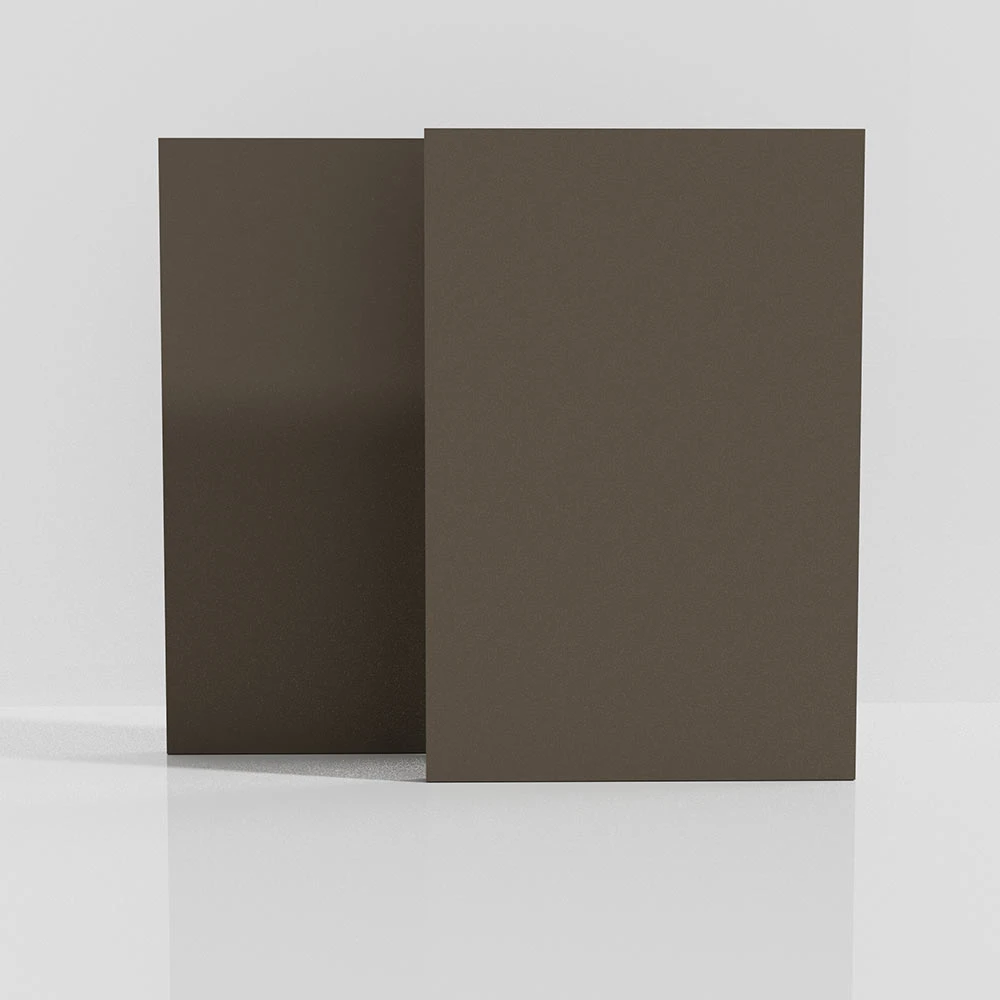
(mdf finished boards)
FAQS on mdf finished boards
Q: What are MDF finished boards?
A: MDF finished boards are medium-density fiberboards that have undergone surface treatments for a smooth, ready-to-use finish. They are ideal for furniture and interior applications. These boards require no further sanding or painting.
Q: How is a finished MDF board different from raw MDF?
A: Finished MDF boards are coated or laminated, making them visually appealing and durable. In contrast, raw MDF has an unfinished surface that requires additional treatment before use. Finished boards save time in manufacturing and installation.
Q: Are finished particle boards and finished MDF boards the same?
A: No, finished MDF boards are made from wood fibers, while finished particle boards are made from wood particles. Both have finished surfaces, but MDF offers finer detail and smoother edges. The choice depends on application and desired quality.
Q: What are the main uses of MDF finished boards?
A: MDF finished boards are commonly used for cabinets, shelving, wall panels, and furniture. Their pre-finished surfaces make them practical and easy for immediate installation. They’re popular in both residential and commercial projects.
Q: Can finished MDF boards be cut or drilled after finishing?
A: Yes, finished MDF boards can be cut or drilled, but care should be taken not to damage the surface finish. Using proper tools ensures clean cuts and minimal chipping. Always support the board properly during modification.
